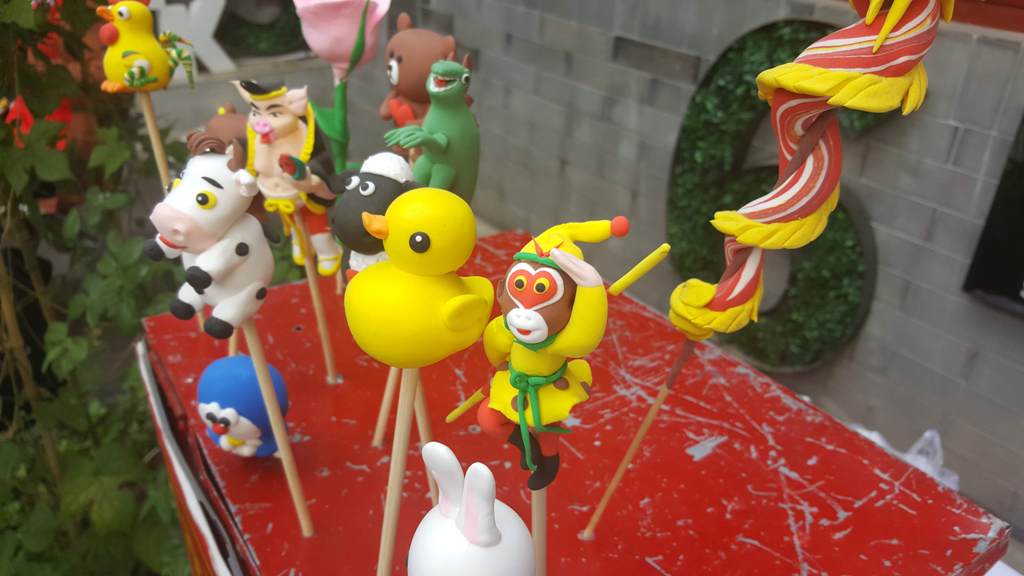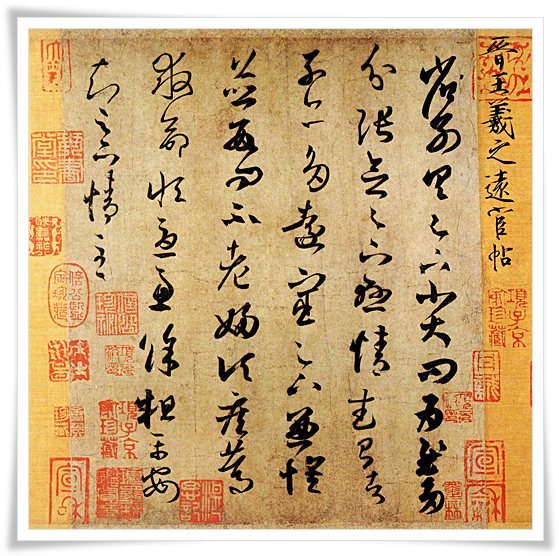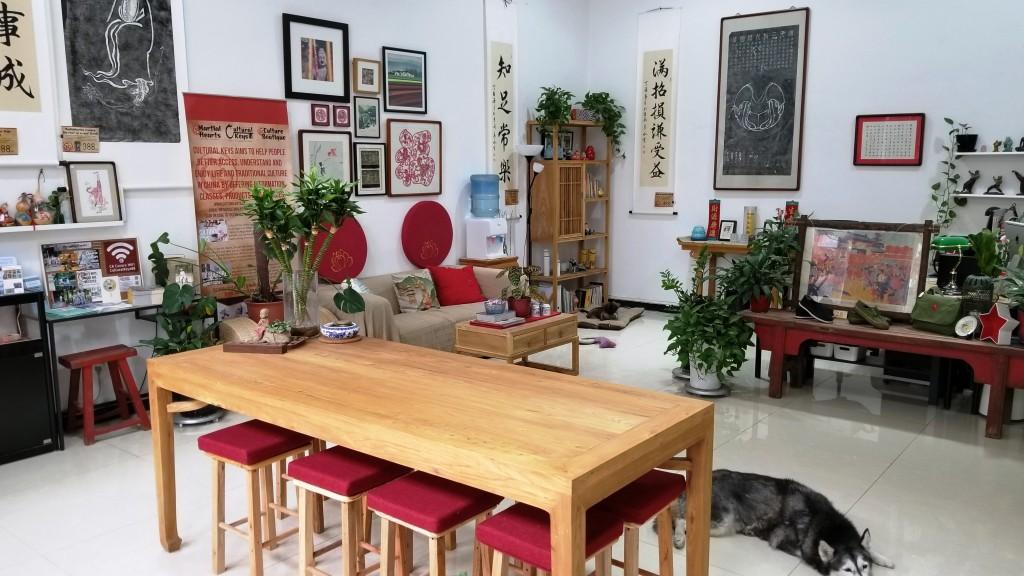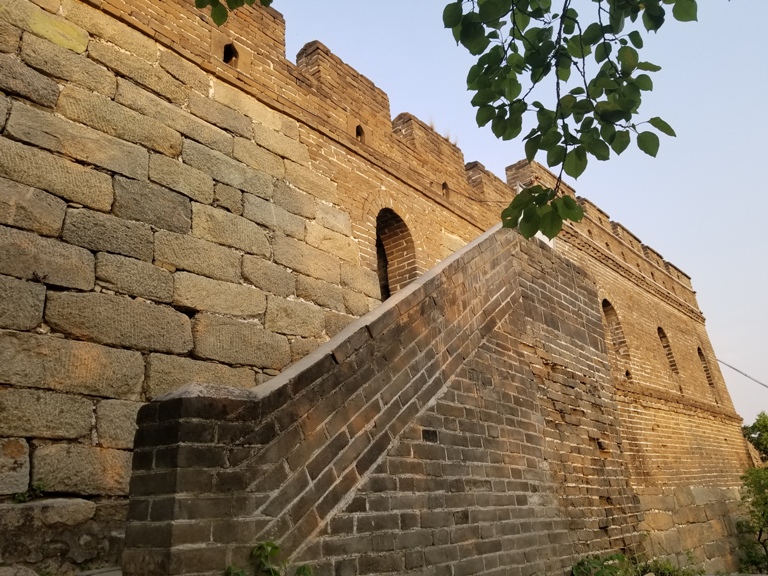There is no easy way to say ‘捏面 nie mian’ in English! It literally means ‘pinch flour’ but in fact this folk-craft, which dates back to the Han dynasty, involves a lot more than just pinching!
The ‘clay’, actually dough, was traditionally made of glutinous rice and colourings made from different foods. The final product, beautiful though it was, could be eaten. Today, certain additives such as honey and paraffin might be added to improve the longevity of the final product, and they definitely can’t be eaten!
Continue reading “Cultural Treasures of China – Dough Figurines”






